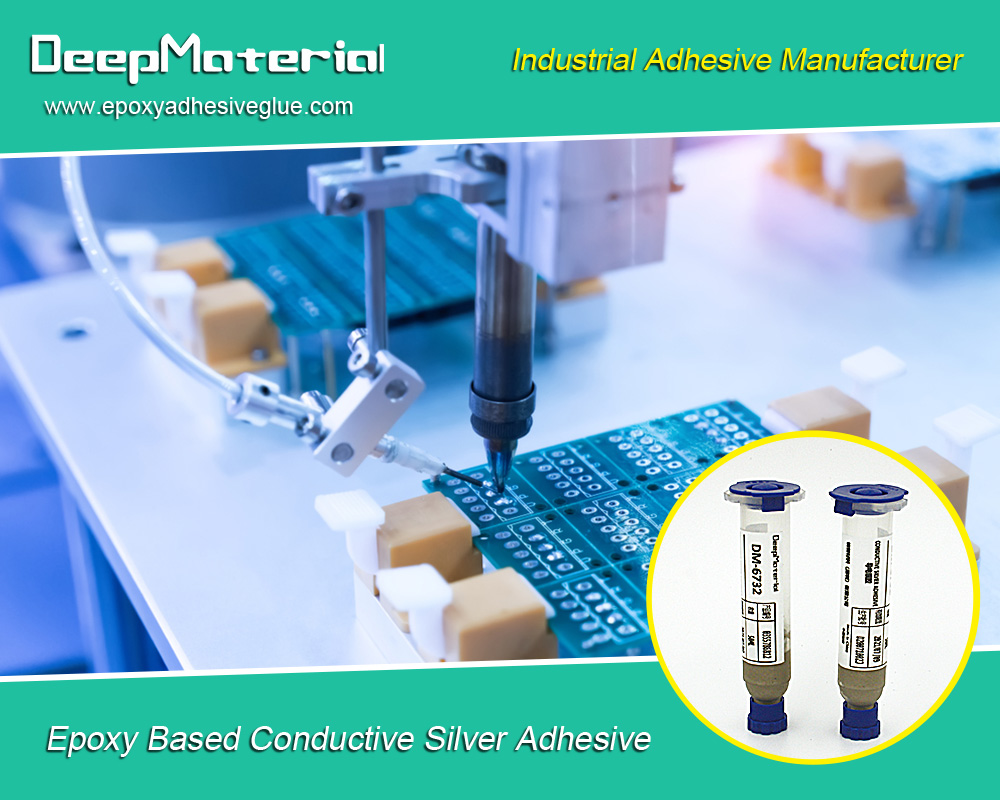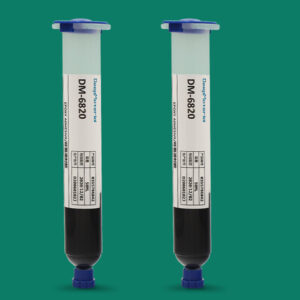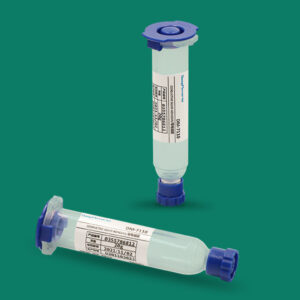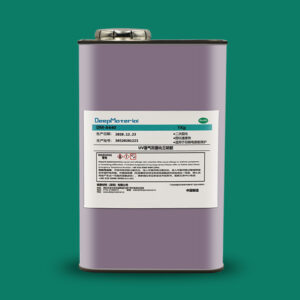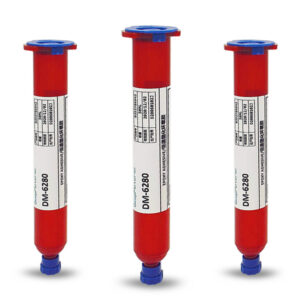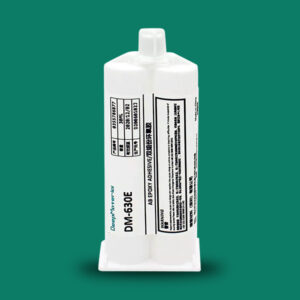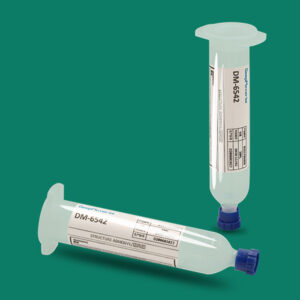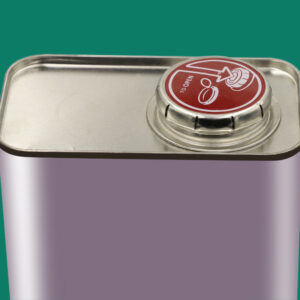Lead-Acid Battery Room Fire Suppression: Essential Measures for Safety
Lead-Acid Battery Room Fire Suppression: Essential Measures for Safety
Lead-acid batteries, commonly used in industries like telecommunications, power backup systems, and electric vehicles, are known for their reliability and longevity. However, their use presents unique safety concerns, particularly regarding fire risks. Lead-acid batteries contain sulfuric acid and lead plates, which, under certain conditions, can become volatile and prone to combustion. Protecting lead-acid battery rooms from fires is paramount to prevent property damage, operational downtime, and safety hazards to personnel.
This blog post will explore fire suppression strategies explicitly designed for lead-acid battery rooms. We’ll delve into the factors contributing to fire risk, the types of fire suppression systems available, and the best practices for safeguarding battery storage areas.
The Fire Risk in Lead-Acid Battery Rooms
While generally safe when used and maintained correctly, lead-acid batteries can pose significant fire hazards under certain conditions. Understanding these risks is essential for designing an effective fire suppression strategy. Key factors contributing to the risk include:
Hydrogen Gas Emissions
- During charging, lead-acid batteries release hydrogen gas, which is highly flammable. If this gas accumulates in a confined space, it can ignite due to sparks or excessive heat, leading to an explosion or fire.
Thermal Runaway
- Overcharging or short-circuiting a battery can lead to overheating. In severe cases, this can cause a thermal runaway reaction, which generates excessive heat and may result in the battery catching fire.
Battery Aging and Maintenance Issues
- As batteries age, they may degrade and develop faults, such as internal short circuits, that increase the likelihood of a fire. Inadequate maintenance practices can exacerbate this risk.
Sulfation and Corrosion
- The accumulation of lead sulfate on the battery plates and corrosion of the terminals can also contribute to higher heat generation and potential fire hazards.
By understanding these potential risks, facility managers and safety officers can proactively mitigate the dangers of lead-acid battery rooms.

Fire Suppression Systems for Lead-Acid Battery Rooms
When designing fire suppression systems for lead-acid battery rooms, selecting systems capable of responding rapidly and effectively to fires caused by the specific risks mentioned above is crucial. The most effective systems can detect fires early, contain the spread, and extinguish fires without causing additional damage to sensitive battery equipment.
Here are some of the most widely used fire suppression systems for lead-acid battery rooms:
FM-200 (Hydrofluorocarbon 227ea) Systems
- FM-200 is a clean agent fire suppression system that discharges a colorless, odorless gas into the affected area to suppress fires.
- It removes heat from the fire, effectively lowering the temperature and preventing combustion.
- Pros: Non-damaging to sensitive electronics and batteries, fast discharge, and minimal cleanup required.
- Cons: Requires careful design to ensure adequate coverage and proper ventilation.
Inergen (Inert Gas System)
- Inergen is a blend of nitrogen, argon, and carbon dioxide. This inert gas lowers the oxygen level in the room, suffocating the fire.
- Pros: Effective for areas with sensitive equipment, does not cause toxic byproducts, and requires no post-event cleanup.
- Cons: It could be less effective in large rooms with high ceilings and requires ventilation systems for proper oxygen recovery.
CO2 (Carbon Dioxide) Systems
- CO2 fire suppression systems reduce oxygen levels in the room to a point where the fire cannot sustain itself.
- Pros: Highly effective at quickly suppressing fires, suitable for confined spaces.
- Cons: It is dangerous for personnel in the room during discharge, as it could lead to asphyxiation. Requires proper safety protocols for evacuating people before discharge.
Water Mist Systems
- Water mist systems use fine water droplets to suppress fires by cooling the fire and displacing oxygen.
- Pros: Effective in controlling fires while minimizing water damage to equipment.
- Cons: Potential for corrosion of battery terminals if misused and may not be as effective in certain battery room setups.
Pre-Action Sprinkler Systems
- Pre-action sprinklers require a signal before releasing water, such as heat or smoke detection. The system is designed to trigger only when necessary, helping to avoid accidental activation.
- Pros: Effective at cooling the area and suppressing the fire with minimal water usage.
- Cons: It can cause water damage to sensitive battery equipment if it is not properly maintained.
Best Practices for Fire Prevention and Safety
While fire suppression systems are essential for managing risks, prevention is the best approach to minimizing the chances of a fire. Implementing a combination of fire suppression systems, regular maintenance, and safety procedures will significantly reduce the likelihood of an incident.
Proper Ventilation
- Ensure adequate ventilation in battery rooms to disperse hydrogen gas and prevent accumulation, which can lead to ignition.
- Use explosion-proof fans and ducting systems to avoid sparks.
Regular Battery Maintenance
- Conduct routine inspections of the battery cells to ensure they are in good working condition.
- Monitor for signs of leakage, corrosion, and damage, as these can lead to overheating or malfunction.
Temperature Monitoring
- Install temperature sensors to monitor battery temperatures continuously. Alarms should be triggered if temperatures exceed safe levels to prevent overheating or thermal runaway.
Charging Protocols
- Adhere to recommended charging protocols to avoid overcharging or undercharging the batteries, which can trigger thermal runaway or gas buildup.
- Automate charging systems that prevent battery overcharge.
Training and Drills
- Provide regular training for staff on emergency procedures, fire evacuation routes, and the operation of fire suppression systems.
- Conduct regular fire drills to ensure personnel know the necessary actions during a fire emergency.
Fire Detection Systems
- Equip battery rooms with smoke and heat detectors to provide early warning signs of potential fires.
- Integrate these systems with your fire suppression system for an automated response.
Electrical Safety
- Ensure that all electrical connections are secure and well-insulated to reduce the risk of short circuits that can lead to fires.
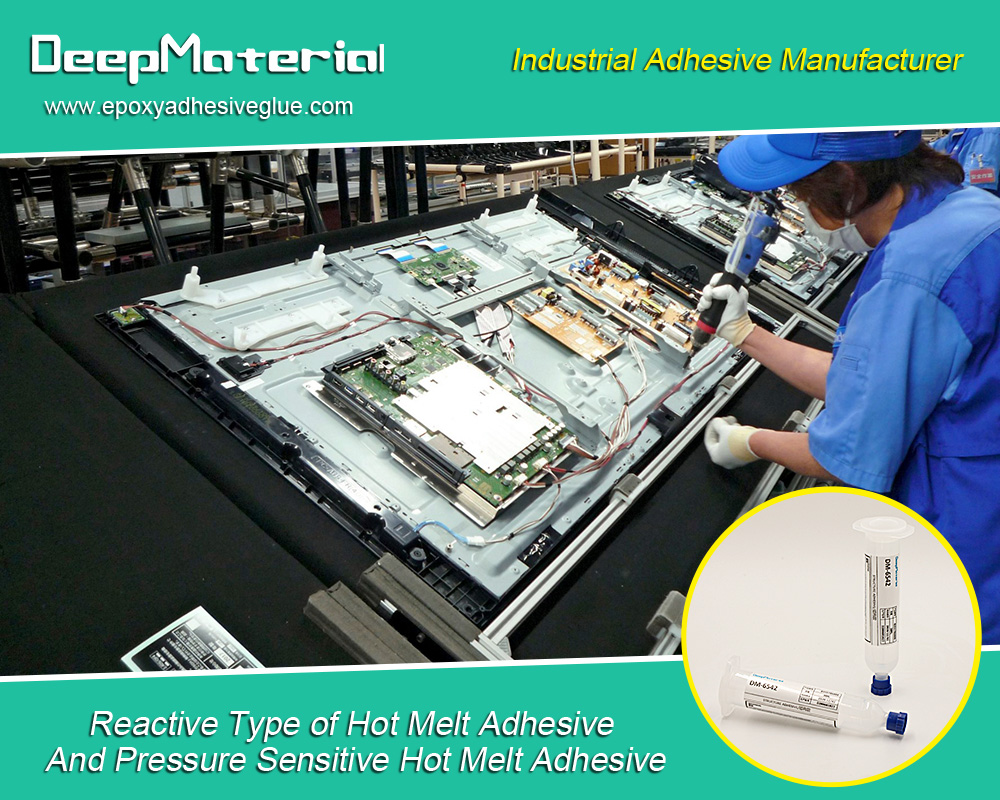
Conclusion
Lead-acid battery room fire suppression is critical to industrial safety and risk management. By understanding the unique fire hazards associated with lead-acid batteries and implementing appropriate fire suppression systems, businesses can protect their assets, prevent catastrophic failures, and ensure the safety of their employees.
Maintaining a holistic approach by incorporating proper maintenance protocols, regular inspections, and employee training is equally important to minimize risks before they escalate into dangerous situations. By following best practices and leveraging advanced fire suppression technologies, facilities can provide a safe environment for the operation of lead-acid batteries, ensuring that these systems continue to deliver reliable power without compromising safety.
For more about choosing the best lead-acid battery room fire suppression: essential measures for safety, you can pay a visit to DeepMaterial at https://www.epoxyadhesiveglue.com/category/epoxy-adhesives-glue/ for more info.


